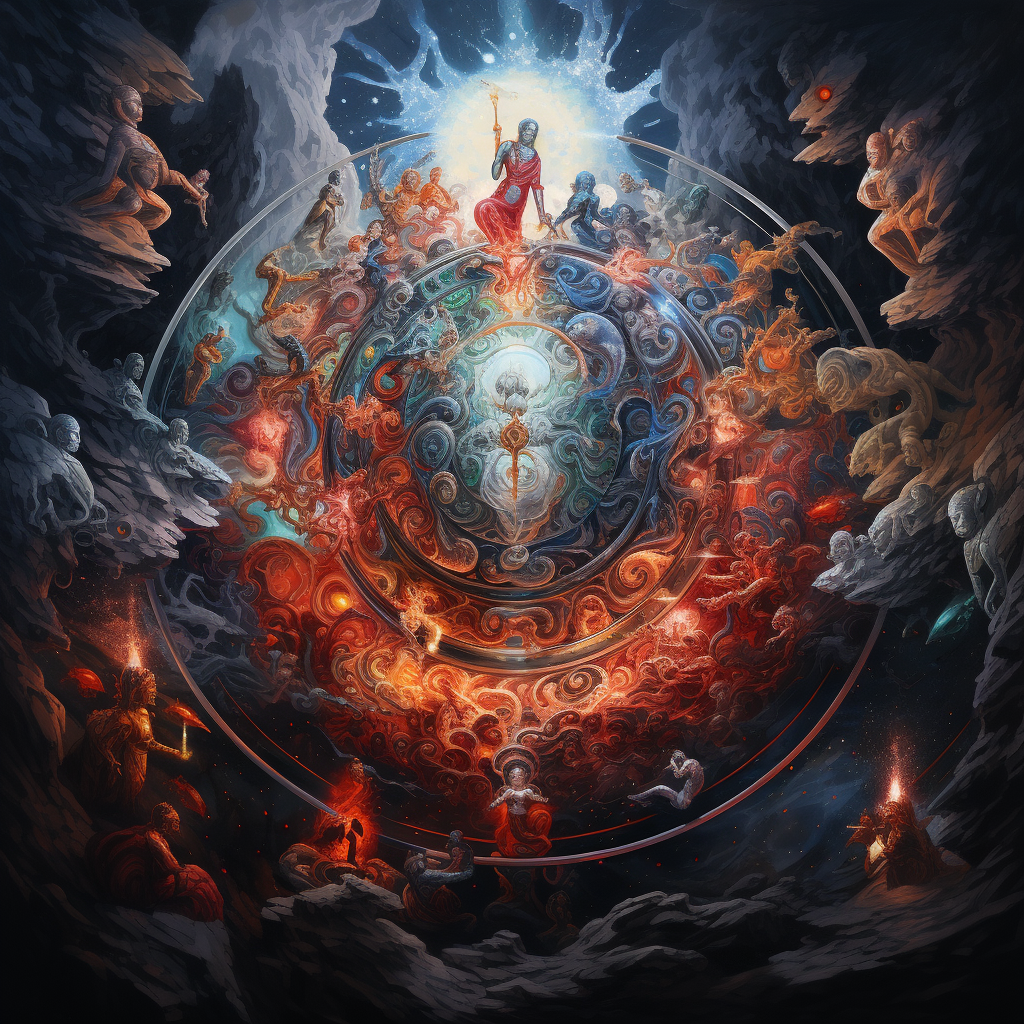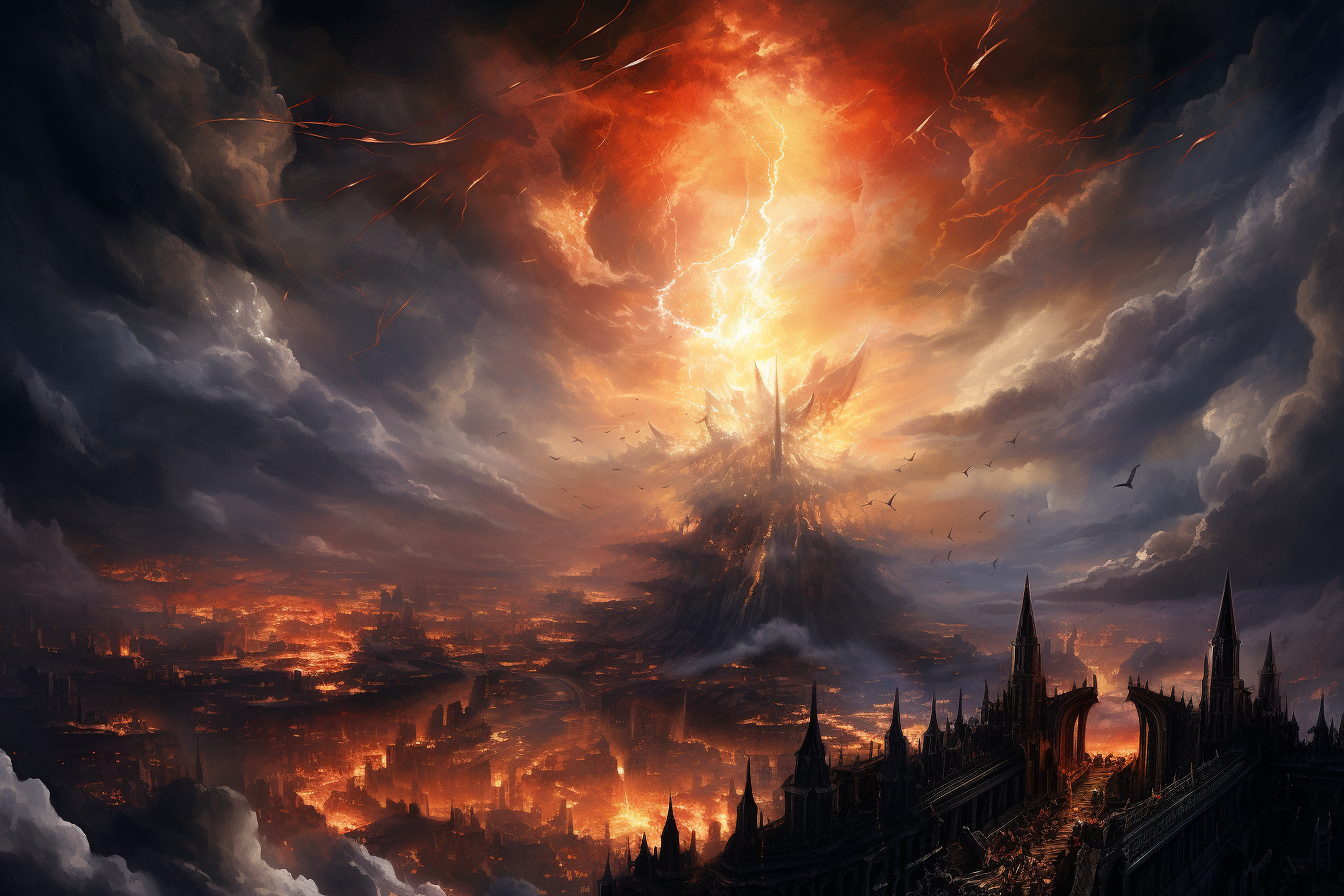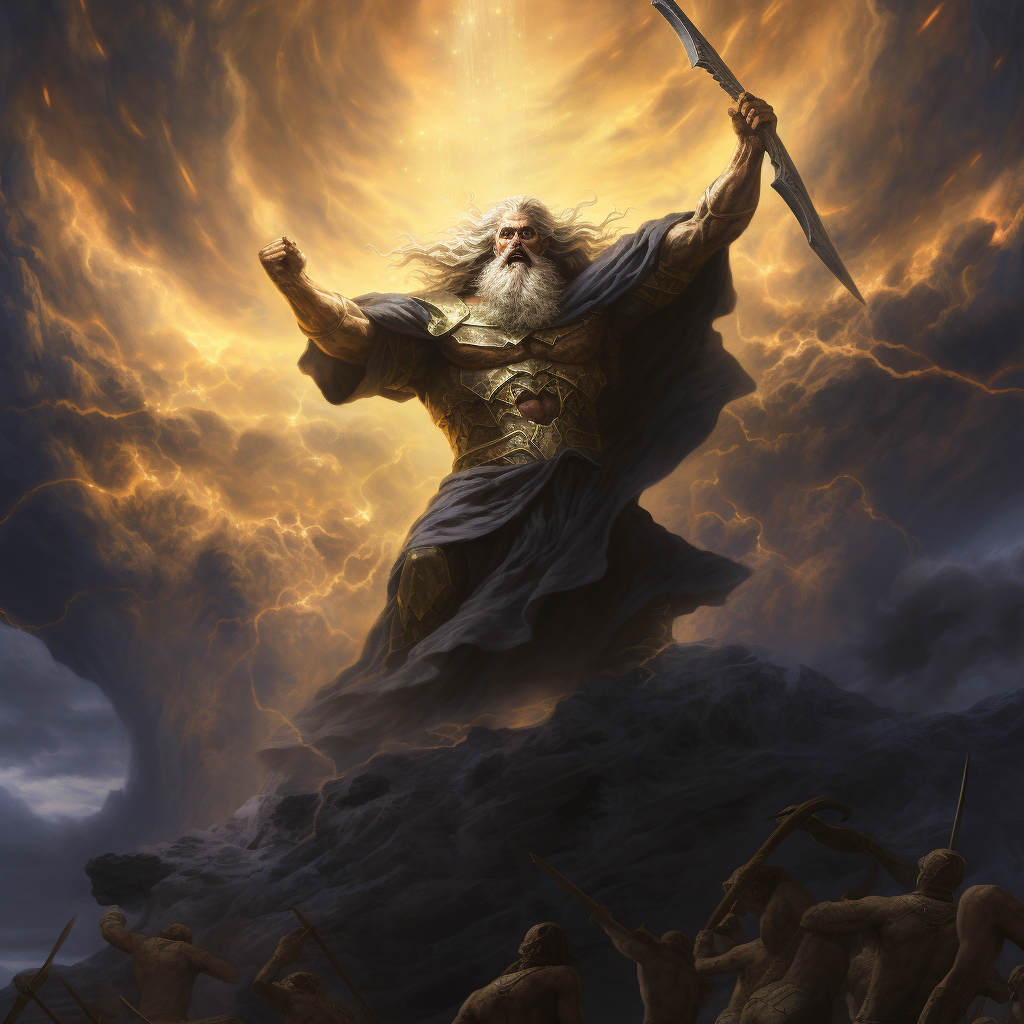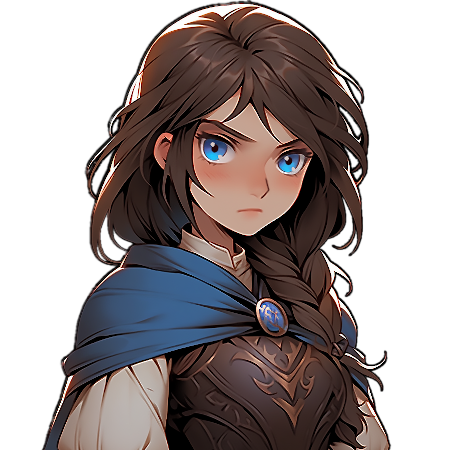Graeco-Buddhism is the syncretic religion that originated in the Macedonian controlled India. Although Buddhism itself was already spreading earlier its influence really grew when Alexandros V created a new form of Buddhism that mixed Hellenistic and Buddhist beliefs.
The account below is written by the Greek ambassador of the king of Persia, Menandros
As requested I have travelled to the most eastern reaches of the Greek world, the mysterious India, to gain knowledge on the religion of Buddhism. This task was given to me by our great king after the teachings of Graeco-Buddhism started spreading at the most eastern edges of the Persian Empire. Although it is a difficult topic to discuss I will write down my findings here as precise as possible.
Cosmology
After learning more about the religion it soon became clear to me that the various realms greatly outnumbered the ones we have in our faith. Although the Graeco-Buddhism tradition has given a place for locations such as Tartaros or Mount Olympos , it is vastly different in both importance and meaning. Even our mighty gods are not seen as the mightiest beings by the Graeco-Buddhists.
Rebirth
When discussing religions I would normally start by explaining the creation myth. However, given what I have learned about this religion, it is better to start by explaining the concept of rebirth. In our culture it is known that once one dies his soul needs to travel to the afterlife and depending on one's action in life can either be rewarded or punished. This concept is the same in Graeco-Buddhism to some degree as the one's actions and thoughts help a person gain good or bad karma which in turn allows them to be reborn in either a good or an evil realm.
In total there are six realms in which a being can be reborn with the gods realms being the highest. Even our own gods belong in this realm according to the Graeco-Buddhists. Weirdly enough it is not the final goal to be reborn here as the lack of struggle could make one too complacent. The real final goal is to break free from the cycle of rebirth which always has suffering and desire.
During my travels I even learned that there is a newer and popular form of Graeco-Buddhism that wants to go even further and claims that the final goal is becoming a Budha to all help other beings break free from the cycle.

by kefkejaco with midjourney
Gods Realm
This is the preferred realm to be reborn in, as one would supsect, and requires a very good accumulation of karma. It is quite large in size and has many planes in it. In the Graeco-Buddhist belief our gods live in one of the lower planes of this divine realm.
Human Realm
Our human realm is considered to be a good realm to be reborn in as well. The main reason is that it grants an opportunity to break free from the cycle of rebirths. Good karma is needed to be reborn in this realm given the opportunities it grants.
Demi-god Realm
In contrast to our belief, the Graeco-Buddhist think that the ancient titans do not remain in Tartaros but have their own realm slightly lower than the realm of the gods. To be reborn here requires a life with both very good deeds and some bad ones.
Animal Realm
To be reborn as an animal is considered to be bad. Animals are driven by impulses and instict and constantly prey on eachother. This realm is therefore one of suffering.
Hungry Ghost Realm
Those who are very greedy in life are reborn in the Hungry Ghost Realm. Here they lose their body and become invisible but the worst aspect is the extreme hunger and thirst.
Tartaros or Hell Realm
This is the realm is the same as our Tartaros and serves to punish the wicked. However, in Graeco-Buddhism there are several regions in it some hot and some cold.
All of these realms in which rebirth can happen are still considered to be part of one world and beings of different realms are able to interact. This is of course logical as we ourselves can easily see and interact with animals. The name the Graeco-Buddhists use to encompass all realms is the Sada world, which contains everything affected by the cycle of rebirth. As I understood it these realms are stacked upon eacother with Tartaros below and the Gods Realm above. But it is here that a distinction has to be made as the realm of the gods is far larger than you would anticipate.
Realms
My task is to give a thorough view of the religion and that is what I will do even if that means I will have to complicate things once more. Because although there are six realms to be reborn in, there are other divisions to be made as well. Across the Sada world there are three main realms, the Desire Realm, the Form Realm and the Formless Realm.
Formless Realm
The Formless Realm is the highest part of the gods realm and belongs to the gods that are believed to have no shape or location. The planes in this realm don't really seem to have a location either because of it.
Form Realm
As the name would suggest the planes of this realm and its inhabitants have form although their bodies are invisible to those in the lowest realm. It is in this realm that there is a first mention of some hellenstic gods.
Sobasa Planes
Highest planes of the Form Realm with inhabitants close to breaking away from rebirth. These are the purest of lands and someone reborn here never returns to a lower realm.
Brathala Planes
The planes for the gods that can no longer lose their peace of mind. These are the lowest realms that are never destroyed.
Soubartha Planes
Planes for the beautiful gods who experience calm happiness and have bodies that radiate light. These planes are only destroyed during the destructions by wind.
Abasara Planes
Planes for the gods who experience great joy and have bodies that radiate flashing light. These planes are destroyed during the destructions by wind and water.
Brama Planes
This is the realm where Gaia and Ouranos were born. These planes are the highest planes that are always destroyed.
Desire Realm
Now we finally arrive to the realm to which most that we know belongs. Every being in this realm, even the gods, is affected by desire which is said to lead to suffering. This is where one is most likely to be reborn.
High Heavens
These planes float above the world and are not affected by those below it.
Low Heavens
These planes are part of the earth and are all located somewhere along Mount Olympos. On the top of the mountain is the place for the gods as we know them with Zeus as their leader. At the lower end of the mountain there is the place where the Titans of the live who regurally fight with the gods.
Earth
This is our realm as we know it and is the home of the humans, animals and hungry ghosts. Although the Graeco-Buddhists see these as seperate realms they still exist in the same location.
Tartaros
In contrast to how we view Tartaros, the Greaco-Buddhists believe that one's time here is finite and eventually beings are allowed to be reborn in a higher realm. Nonetheless Tartaros is still a realm of punishments for infamous people of the past such as King Sisyphos and King Tantalos. But unlike our version of Tartaros many more regions were added all with their own form of punishment.
Creation and Destruction
Now you are probably wondering why I had to elaborate on all the realms and the cycle of rebirth before discussing the creation of the world. Well astonishingly the Graeco-Buddhists don't believe there really is a beginning or end to this world. Even more astounding they even belief this is not the only world out there. Instead they believe that the world was always there but that part of it is destroyed and recreated after vast amounts of time.
Destruction
According to the Graeco-Buddhists humans once were able to live up to 80000 years but as their morality declined so did their lifespans. Sadly this will continue to decline until eventually a great war ensues killing most people. Only the less violent ones will be able to escape and their descendants will live 80000 years once more. Then the same process will repeat itself until eventually the lifespan won't decrease again.
When this occurs new beings stop being born in Tartaros. Eventually this happens in all the other realms as first there are no new hungry ghosts, then no animals and afterwards no humans. When every realm is empty below the Absara planes a great column of fire destroys these worlds. After 7 of these destructions by fire a destruction of water occurs, flooding all worlds below the Soubartha planes. And once again after enough of these desctructions a destruction of wind occurs destroying all realms below the Brathala Planes.

by kefkejaco with midjourney

War between gods and titans by kefkejaco with midjourney
Creation
The world then stays empty for a long time besides the higher realms. When the primordial wind arrives the destroyed realms begin to be restored. Depending on the extent of the destruction the realms are once again being filled with the death of the gods in the lowest world that was not destroyed. Here we come into familiar territory as the appearance of Gaia happens during this time.
In the Graeco-Buddhist belief Gaia did not come forth out of Chaos but was rather reborn in the Brama planes after dying in the Absara planes. And just as most don't retain their memories of their previous life so die Gaia lose her memories. Appearing in this new realm alone she therefore believed herself to be the first being. When other were being born here as well she thought of herself as their creator.
When the low heavens started to be populated the titans are said to have appeared from which our gods originated. Most of them were then cast down by Zeus from Mount Olympos into the demi-god realm. Eventually humans started to appear and one of them did remember their previous life from the lower heavens. He started to spread his knowledge of the gods and the belief that Gaia was the first being. In that regard the Graeco-Buddhists think our belief is incomplete.
Practices
Five Precepts
For the average practitioner of Graeco-Buddhism morality seems to be determined by 5 main rules, known as the five precepts. Although these are thought to be important ideals to live up to a large part of the population does not really seem to take them all to heart.
Despite not being allowed to kill animals many still partake in eating meat. Even in higher contrast is that war is still often seen as valid for defence or unification purposes. And one thing is for certain, I have seen a lot of people not abstaining from wine at all. I therefore think this is mainly a guideline which is only strictly followed by a select group of devotees known as monks.
| Rule |
|
Abstaining from killing both humans and animals |
|
Abstaining from theft and related activities such as fraud |
|
Abstaining from sexual misconduct such as infidelity |
|
Abstaining from false speech and gossip |
|
Abstaining from alcohol and other intoxitants |
| Practice |
Description |
|
Right Action |
No killing/injuring, no sexual misconduct, no stealing, no material desires |
|
Right Speech |
No lying, no rude speech, no sowing discord |
|
Right Livelihood |
No trading in weapons, living beings, poisons and liquors |
|
Right Effort |
Preventing the arising of unwholesome thoughts, restraint |
|
Right Mindfulness |
Being conscious of what one is doing |
|
Right Concentration |
Striving to gain mental calmness, composure and eveness of temper |
|
Right View |
Seeing the importance of the noble truths and the consequence of rebirths |
|
Right Resolve |
Striving for non-violence and lack of ill will. |
| Perfection |
Description |
|
Dana |
Generosity, charity |
|
Sila |
Virtue, discipline |
|
Kasanthi |
Patience, tolerance, endurance |
|
Viria |
Effort, diligence, energy |
|
Dibana |
Meditation, concentration |
|
Praina |
Spiritual knowledge, transcendent wisdom |
Different Approaches
What I found remarkable during my travels is the different approaches that were taken to achieve liberation of rebirth. One thing remained constant, however, knowledge of the four noble truths. These truths claim that life in the cycle of rebirth is suffering, that the suffering originates from desire and attachment, that there can be an end to suffering and that the means to achieve this are defined by the path. What the path is seems to depend on who you ask apparently.
Eightfold Path
One part of the Graeco-Buddhist community seems to follow a set of 8 practices which will lead one to break free from the rebirth cycle. Some of these are already covered by the five precepts I mentioned earlier. In addition to ethical behaviour one is expected to practice meditation, a state in which one tries to reach a quiet inner peace. I witnessed this myself as monks or regular practitioners sat in total silence with their eyes closed for long periods of time. The final practices are related to knowledge, as one needs to know the four noble truths and the reasons why the path should be followed.
Six Perfections
Other Graeco-Buddhist want to focus on the path to Buddhahood and follow the six perfections. Once again part of the virtues come from the five precepts but they are expanded upon, especially for monks. Examples of these additional virtues are humility and generosity. Forgiveness, patience and enthusiam for wholesome actions are also important practices for them. Just like the followers of the eightfold path meditation and knowledge are required aspects as well. Some monk even take up a sacred vow to follow the path to Buddhahood.
Reality
Many of these rules existed from even before the Alexandros' III army conquered India and evidently that means that not all of these rules sit well with the Greeks. Many rules, such as no alchohol, are not practiced at all by many Graeco-Buddhists to great annoyance of the traditionalists. In even greater contrast the god Dionysos is even widely celebrated.
The version of Graeco-Buddhism that is being encouraged by the descendants of Pausanias II omits many of the previously mentioned rules which makes it easier to be considered a virtuous person. Both wine and meat are frequently consumed by many Indo-Greeks and selling of weapons is also generally not frowned upon.
The monks of the faith on the other hand try to stay as true to the old virtues as possible. Some even put further limitations on themselves in the name of their faith such as abstinence and renouncing wordly possessions. This simple lifestyle makes one think of the Spartan younglin training, although in that training stealing is allowed, just not getting caught.
Conclusion
As mentioned at the start of my findings, my goal was to give a clear view of the religion that is currently spreading outside of India. After emerging myself in the culture and practices of the faith I come to the conclusion that Graeco-Buddhism does not pose a threat to Persia. At its core it is a religion of peace and non violence. Any followers of this religion within our borders will therefore not likely participate in uprisings, which could actually be a boon to us. In many ways the virtues do still align with our own with perhaps the only downside that we would be able to sell less wine and meat should the religion become popular.








I love the perspective from which this is written, which allows you to give a view of someone who is witnessing the religion in person and can say which bits are being followed and which aren't so much. I don't know much about Buddhism, but I am quite familiar with the Greek mythos. I love the blend you have here.
Glad you liked the perspective! I was thinking before writing it, this is going to be very heavy if I don't write it in a more personal style. Had to look up quite a lot about buddhism but quite glad how it turned out ^^